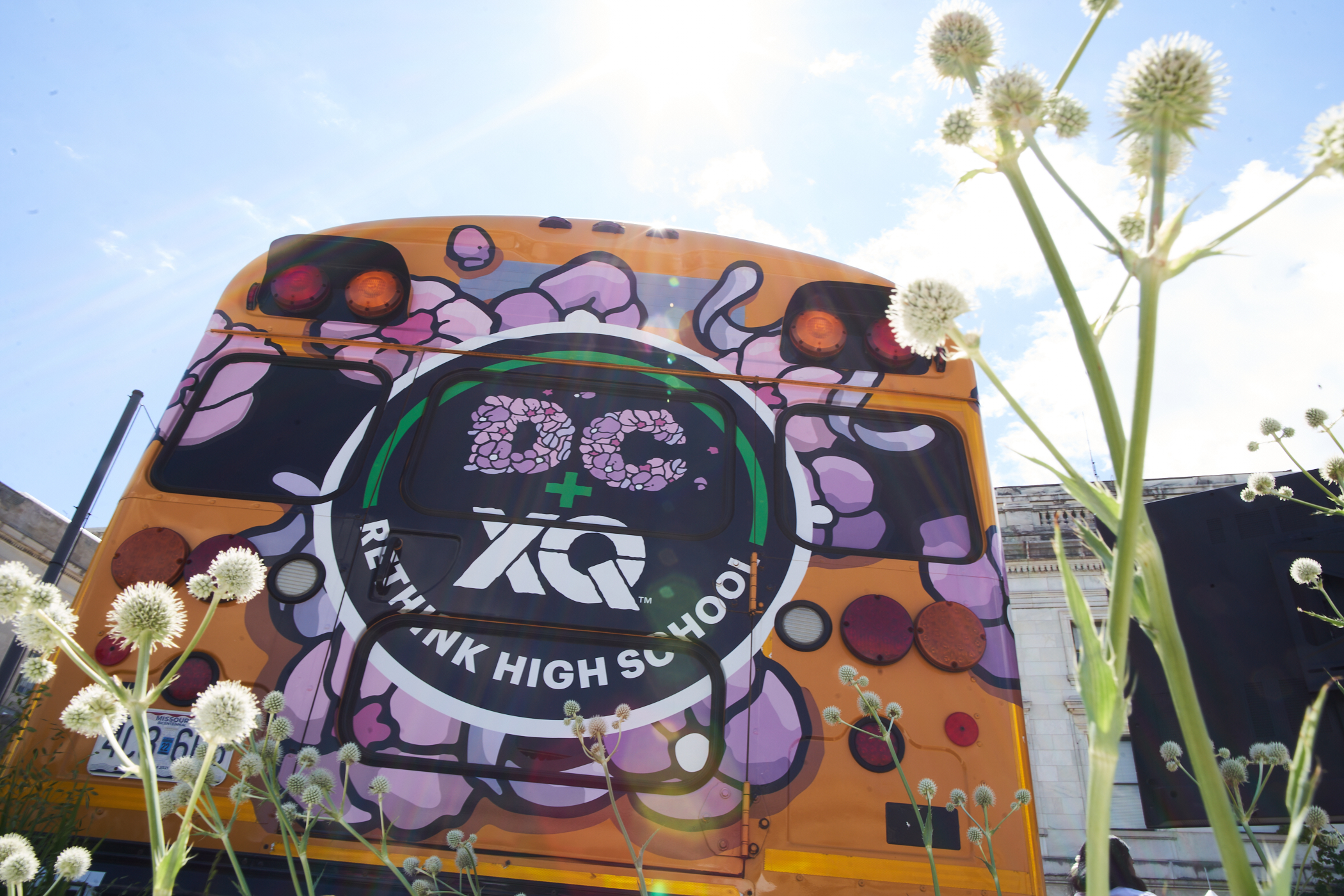It’s Time to Start Decolonizing America’s History Textbooks
America’s history is complex, contradictory, confusing, and often quite ugly. However, we choose to teach a simplified, incomplete, and whitewashed version to our young people and throughout higher education. It’s time to change that.

“Abraham Lincoln was not, in the fullest sense of the word, either our man or our model. In his interests, in his associations, in his habits of thought, and in his prejudices, he was a white man. He was preeminently the white man’s President, entirely devoted to the welfare of white men. He was ready and willing at any time during the first years of his administration to deny, postpone, and sacrifice the rights of humanity in the colored people to promote the welfare of the white people of this country.”
Frederick Douglass offered those words at the unveiling of the Emancipation Memorial in 1876. He pointed to key parts of Lincoln’s legacy that were being overlooked in the erection of the monument. In 2020, protesters soughtto remove that very memorial in both our nation’s capital and Boston, seeking to transform Douglass’ words to actions nearly 150 years after they were spoken.
The Emancipation Memorial—also known as the freedman memorial—depicts a formerly enslaved person kneeling in front of Lincoln. In the bronze statue, there is no nuance. We don’t see the process behind its creation. We don’t see how the formerly enslaved people who funded the memorial were denied input into the design. We don’t see the subtle shades and shadows that existed with Lincoln’s politics.
Today, most American high schools teach their students that President Lincoln was responsible for the end of slavery in the United States. Oftentimes, these schools neglect to teach Lincoln’s personal political growth. They never explain that Lincoln didn’t display an interest in slavery abolition until 1856, as he was preparing for a presidential run in 1860. These schools often teach students about Frederick Douglass in terms of how he related to the Lincoln administration, but most educators don’t teach Douglass’s works, which make him an individual thinker and powerful orator in his own right. Most importantly, most educators don’t look into the complexity of Lincoln’s identity and how abolitionists viewed Lincoln at the time.
Teaching America’s Nuanced History
North America’s history is complex, contradictory, confusing, and often quite ugly. However, we choose to teach a simplified, pacified, and whitewashed version to our young people and throughout higher education. In those one or two years of K-12 when we teach American history, the majority of the time is spent lecturing on the founding of the country. While such lessons are important in laying the foundation for understanding how the legal system works and how civic ideals permeate every institution in the country, they simply do not provide most learners with the knowledge to contextualize the racism and equity issues riddled in our country’s history.
Our students learn how the “Founding Fathers” created this nation in search of liberty and freedom. As educators, we talk less about how the Revolution was a rebellion against taxes and we almost never talk about the role of women or people of color during times like the Revolutionary War or the Constitutional Convention. Our students learn the basics about the Civil War but are lucky if a single instructional day is spent on topics like women’s suffrage, the rise of the anti-immigrant Know-Nothing party, Jim Crow laws, and a host of other historical periods and topics that are of value and interest to today’s young people.
At a recent Black Lives Matter rally in my community in New Jersey, a group of Black students lamented our collective shortcomings when it comes to teaching American history. These young leaders are absolutely correct. In too many communities, in too many schools, and in too many classrooms, we are still teaching history the way we did a half-century ago. While we have made great progress over the last half-century, we still largely learn the stories of the white, male landowners credited with founding America. We learn the names and dates of battles and events from the same dusty textbooks that our parents and grandparents studied.
Educators are struggling to teach enough basic history for their students to survive a trivia night. But, we are also struggling to teach our students what happened, why it happened, and what resulted because of it. We may acknowledge a statue of a formerly enslaved person kneeling before Lincoln, but we should also all know how the statue was funded, how those who funded it were denied input into its design, what Douglass said at its unveiling, and the larger impact Frederick Douglass had on the era.
Understanding America’s History Will Help Shape Our Future
In 2019, in partnership with Lincoln Park Strategies, I conducted a national online survey of high school students, exploring their perceptions on the teaching and learning of American history. We found that less than a third of young people believed that social studies would be important to them after graduation. Additionally, only a quarter of students said learning history was exciting, while more than a quarter believed that learning history was “bad” or “boring.” These negative views came from young women and students of color primarily.
As history educators, we know and deeply understand the importance of knowing our history. We also know its relevance to the world today. The coronavirus and the current pandemic are a great example of this. Historians can help inform policymakers and politicians of the economic and social implications of the Spanish influenza pandemic. And, we can look at how moments of economic depression led to the passage of time-honored social safety net programs like social security.
Understanding our history allows us to be informed voters, activists, and leaders. How can we expect our young people to lead us to a better future if they aren’t well-versed in the failures in our country’s past? How do we make sure that history doesn’t repeat itself if we are not teaching our students the correct history in the first place? As we look to young people to transform this country on issues from guns to immigration to the environment to healthcare, we need them to understand our history and work together to draft a new future. But as the most recent NAEP data shows, our students simply aren’t learning the history and civics needed to do that.
A New Driving Force for American History
It doesn’t need to be this way, nor should it. If we want future generations of North American leaders to learn their history and to ask the difficult questions about it, we need to reform how we teach history today. To successfully teach about the importance of 1776, we need to learn about 1619. To successfully teach about the impact of Lincoln, we need to learn about how allies like Douglass have called out his shortcomings. To successfully teach the basics found in classrooms for generations, we need to start learning about the people, the places, and the events that are left out of our history books. We need to ask why we aren’t learning those untold stories and wonder what else hasn’t been taught. We need to think like historians.
It is clear we need to dramatically change how American history is taught and learned. The time is now for a driving force that transforms American history instruction.
Additional Resources:
Beyond the Textbook: Black History-Makers You Won’t Learn About in School
The 1619 Project: Education Materials Collection
How We Became America, The Untold Story from American Battlefield Trust
Women and the American Story Video Library
If you are looking for new ways to teach history in your classroom, check out Untold History: videos in partnership with The New York Historical Society, Smithsonian National Museum of American History, iCivics, White House Historical Association and American Battlefield Trust.









